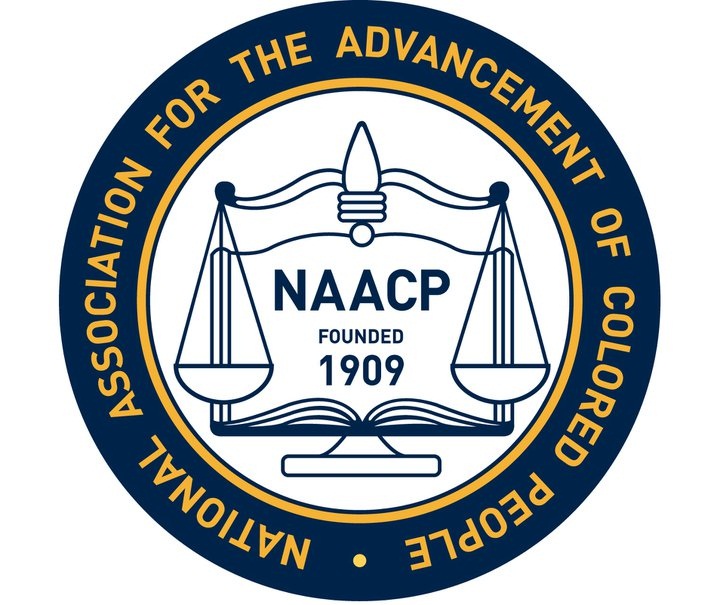
NAACP
The NAACP was founded on February 12, 1909. It is the largest and most widely recognized civil rights organization with more than half-million members and supporters throughout the United States. The NAACP stand as the premier advocate for civil rights in communities by leading grassroots campaigns for equal opportunity and conducting voter mobilization.
In 1908, a deadly race riot shook the city of Springfield, Illinois. Such eruptions of anti-black violence were terrifyingly normal, but the Springfield riot was the final tipping point which led to the creation of the NAACP. Appalled at this widespread violence, a group of black and white citizens issued a call for a meeting to discuss racial justice. Some 60 people attended that first meeting.
The NAACP aims to secure for all people the rights guaranteed in the 13th, 14th, and 15th Amendments to the US Constitution, which promised an end to slavery, the equal protection of the law, and universal adult male suffrage, respectively. Accordingly, the NAACP’s mission is to ensure the political, educational, social and economic equality of minority group citizens of US and eliminate race prejudice. The NAACP seeks to remove all barriers of racial discrimination through democratic processes.
W.E.B. Du Bois founded The Crisis magazine in 1910 as the crusading voice for civil rights. The Crisis was an innovative vehicle for discussing critical issues confronting the African American community and sharing the intellectual and artistic work of people of color. In its first decade, The Crisis focused on vital issues such as lynching and World War I. From 1920-1921, Du Bois also published a children’s edition of The Crisis, called The Brownies’ Book, the first periodical exclusively for black youth in American history. Now published quarterly, The Crisis remains the official publication of the NAACP.
A series of early court battles, including a victory against a discriminatory Oklahoma law that regulated voting by means of a grandfather clause (Guinn v. United States, 1910), helped establish the NAACP’s importance as a legal advocate.
During the Great Depression of the 1930s, the NAACP focused on economic justice. After years of tension with white labor unions, the Association cooperated with the newly formed Congress of Industrial Organizations in an effort to win jobs for black Americans. Because of the tireless efforts of NAACP board members, President Roosevelt ultimately agreed to open thousands of jobs to black workers when labor leader A. Philip Randolph, in collaboration with the NAACP, threatened a national March on Washington in 1941.
Throughout the 1940s, the NAACP saw enormous growth in membership, reaching about 600,000 members by 1946. It continued to act as a legislative and legal advocate, pushing for a federal anti-lynching law and for an end to state-mandated segregation.
The NAACP entered the 21st century reinvigorated and, in 2000, launched a massive get-out-the-vote campaign. As a result, 1 million more African Americans cast their ballots in the 2000 presidential election than in 1996. Its six “Game Changers” can best summarize its initiatives for the 21st century: economic sustainability, education, health, public safety and criminal justice, voting rights and political representation, and expanding youth and young adult engagement.
To learn more about the NAACP, get involved, or make a donation, visit https://www.naacp.org/
- by Russell Simmons
- December 18, 2018





